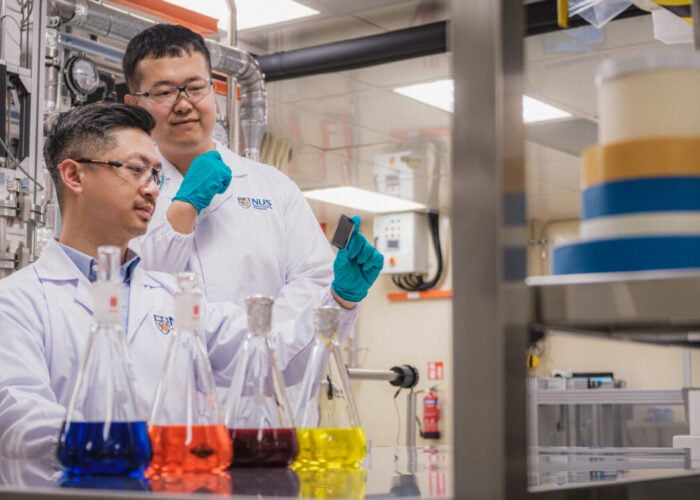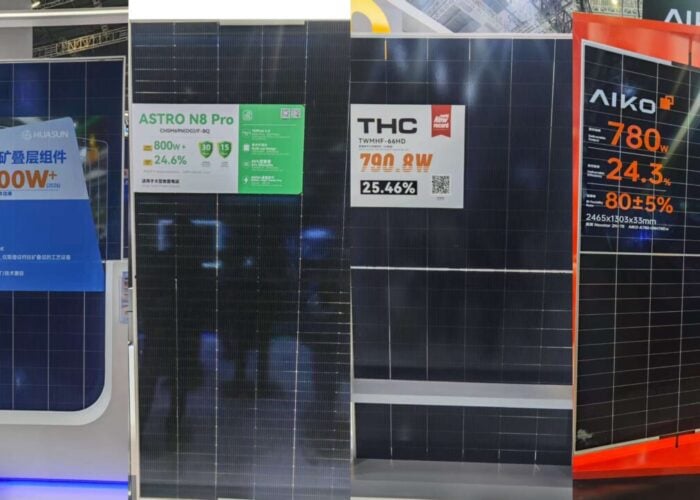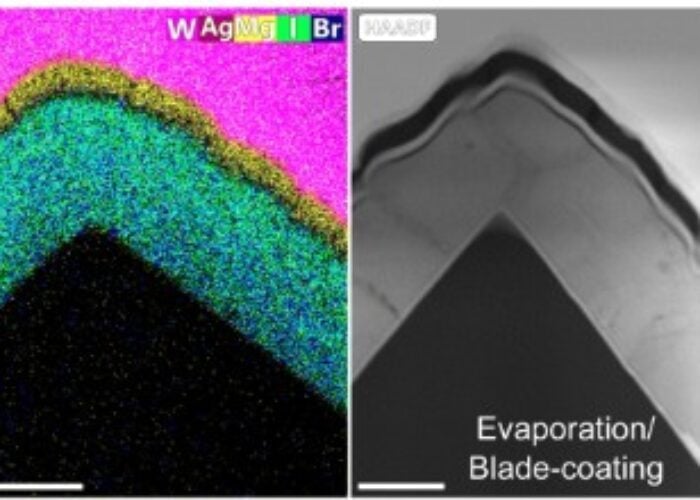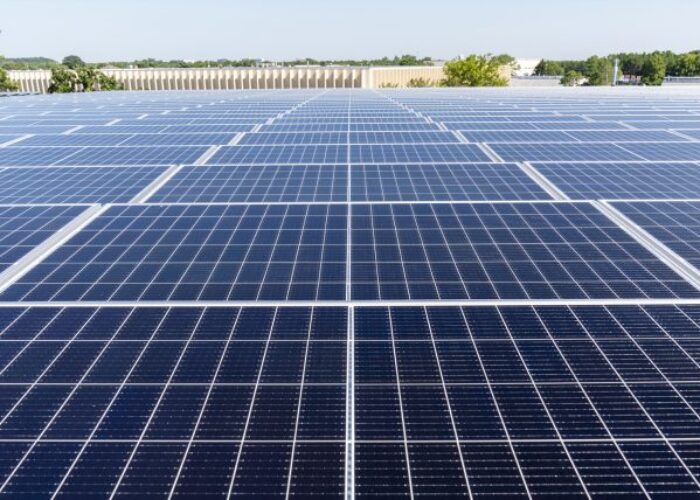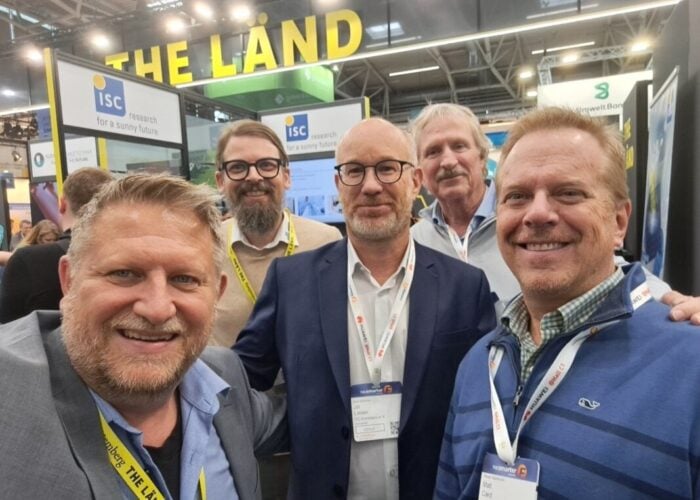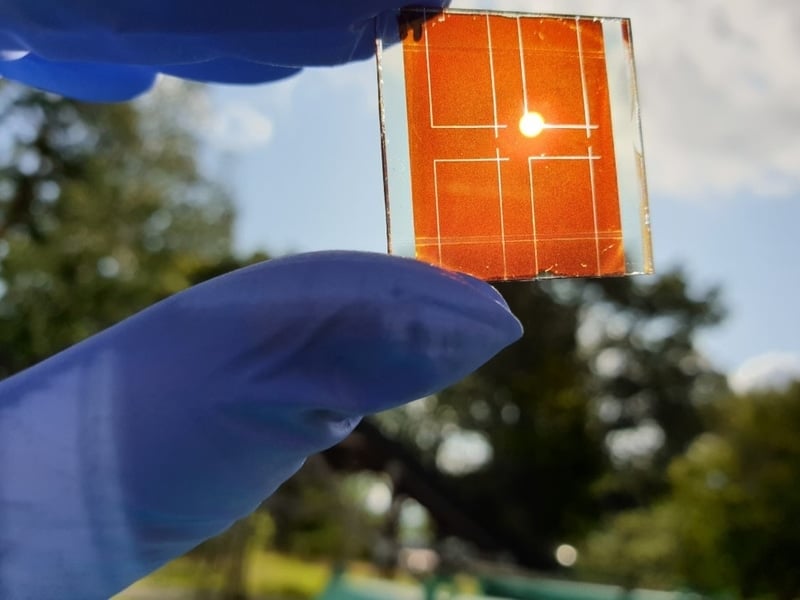
Renewables investor Magnora AG has said it will increase its investment in perovskite solar specialist Evolar, taking a 40.7% stake in the company.
Mats Ljunggren, Evolar’s chief executive, said the company’s next-generation solar cells have “Much higher efficiency for about the same per-watt manufacturing cost” as traditional technologies.
Unlock unlimited access for 12 whole months of distinctive global analysis
Photovoltaics International is now included.
- Regular insight and analysis of the industry’s biggest developments
- In-depth interviews with the industry’s leading figures
- Unlimited digital access to the PV Tech Power journal catalogue
- Unlimited digital access to the Photovoltaics International journal catalogue
- Access to more than 1,000 technical papers
- Discounts on Solar Media’s portfolio of events, in-person and virtual
The Norwegian investor first bought a 28.44% stake in Evolar last November in a deal that included options to acquire up to 63.5% of the company at a later date. The startup, which owns R&D prototype equipment to scale and test cells, was spun-out of Uppsala University’s thin film solar cell research cluster in Sweden.
Anders Hagfelt, vice chancellor of Uppsala University and a scientific advisor to Evolar, said that perovskite technology “is ripe for commercialization,” which Evolar hopes to achieve through Magnora’s investment.
Perovskite solar cells have become an attractive research topic in recent months after both the European Commission and US Department of Energy (DOE) pledged to support the growth of their own domestic renewables manufacturing bases, with the DOE setting aside US$40 million for research and development into perovskite solar technologies. Four university-led studies have been published this year that focus on making the high-efficiency but short-life material more durable, including one from Queensland University of Technology (QUT), where scientists used hair clippings to form an “armour” to increase its power conversion efficiency.


